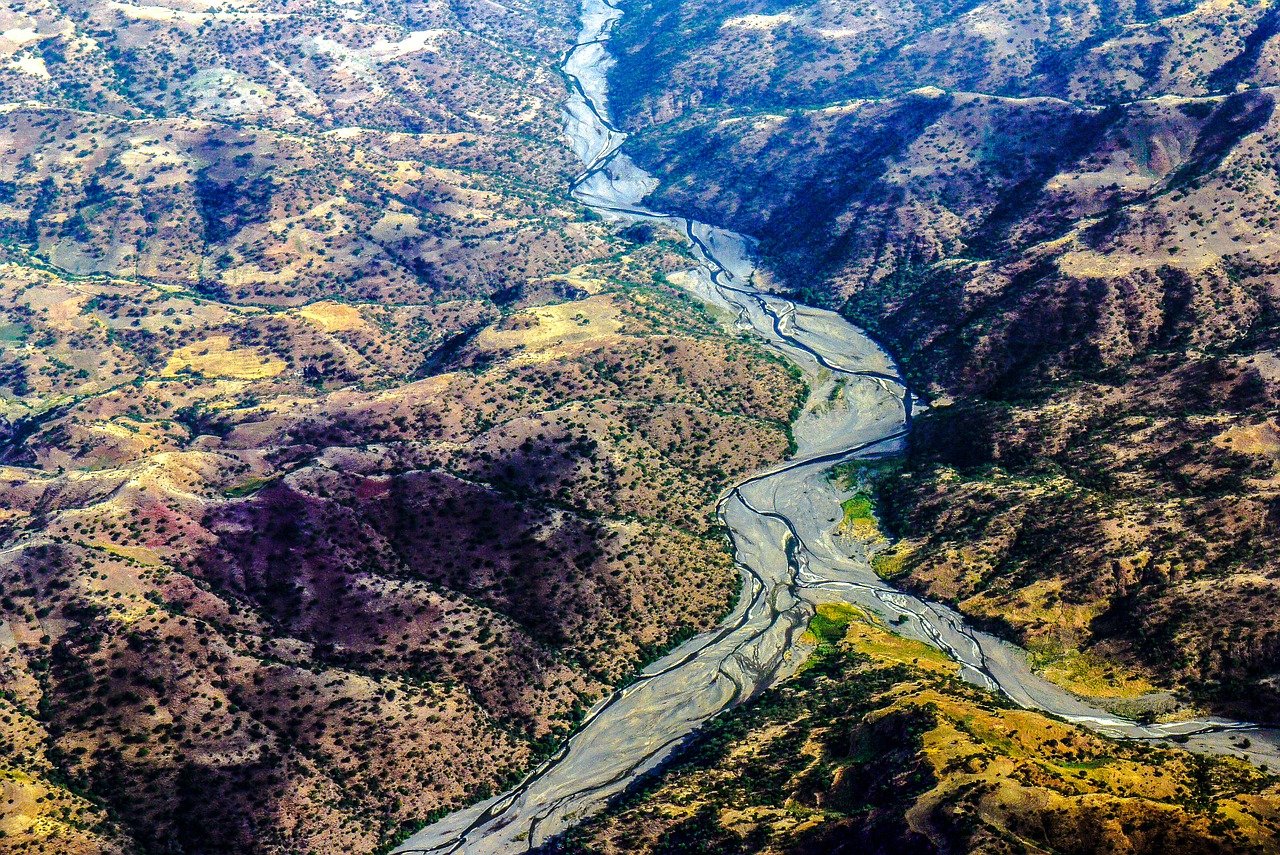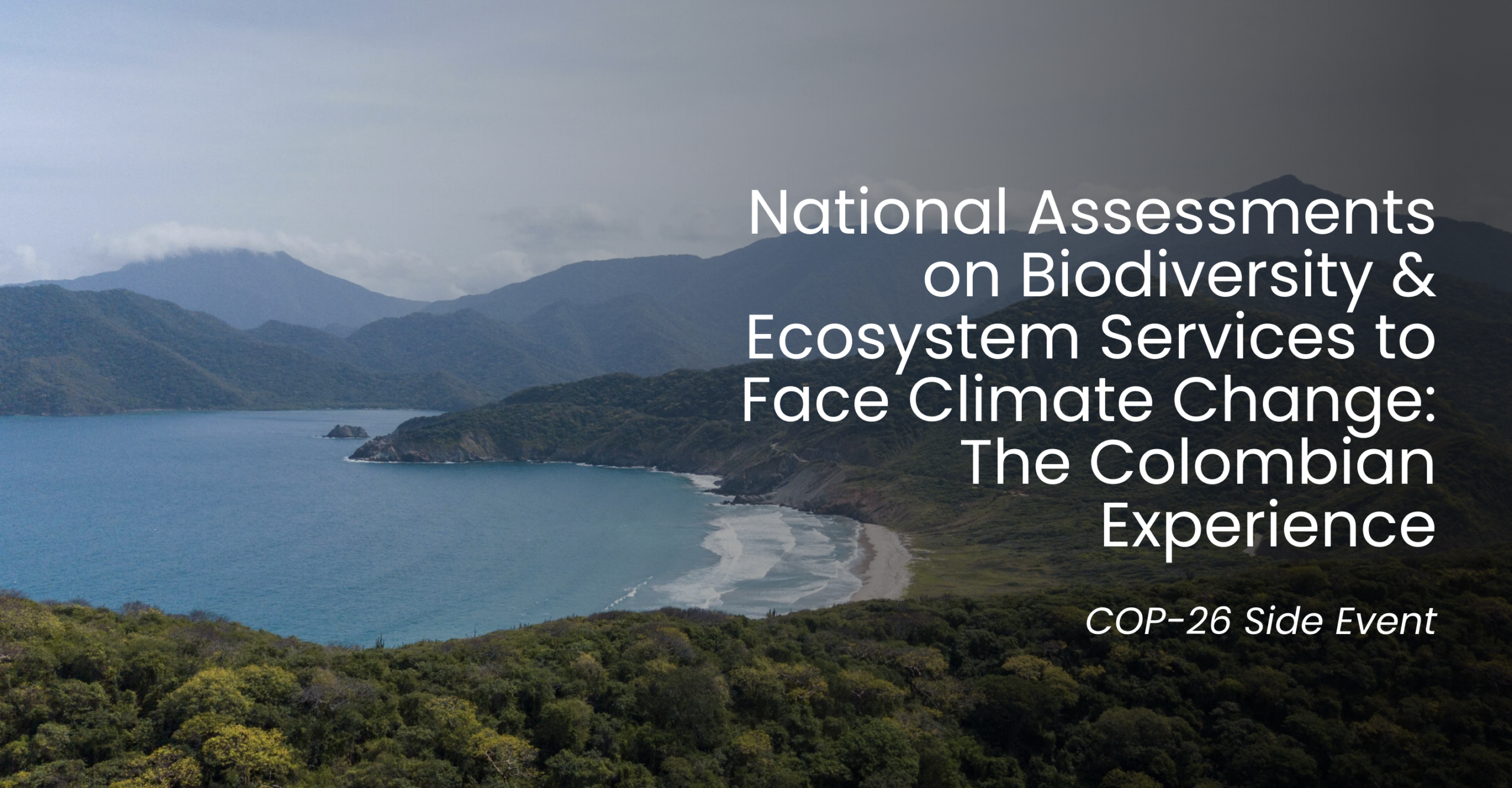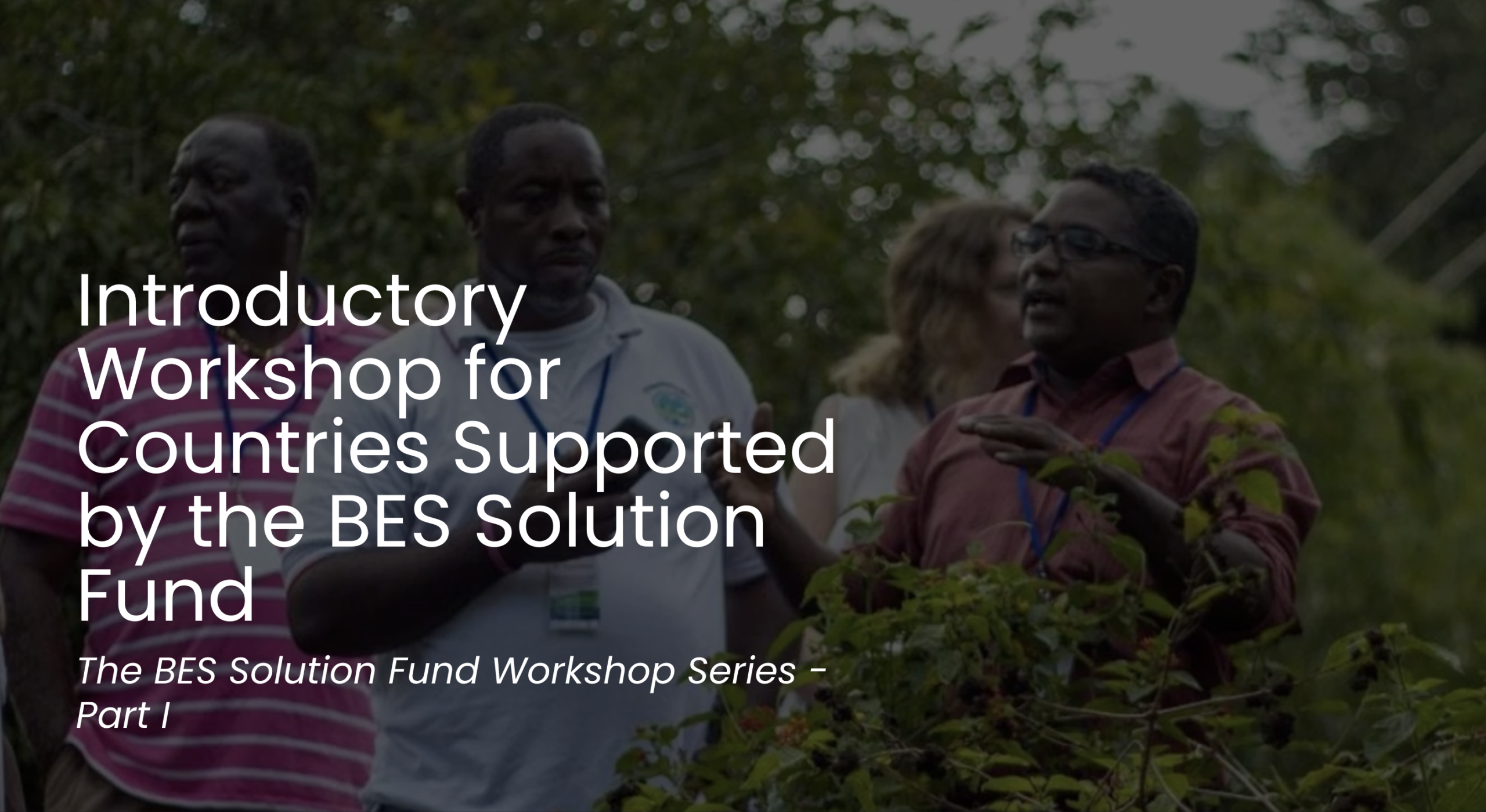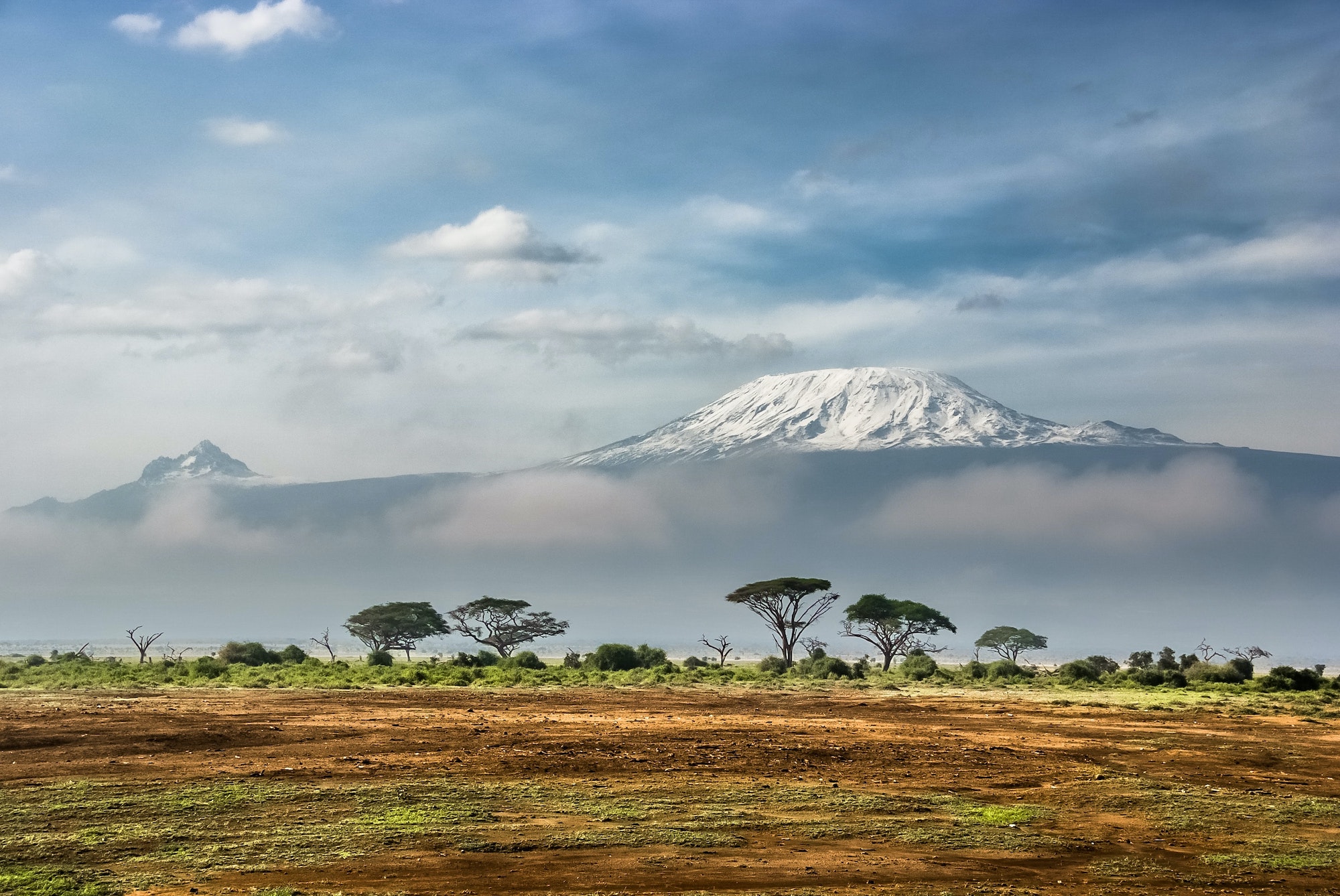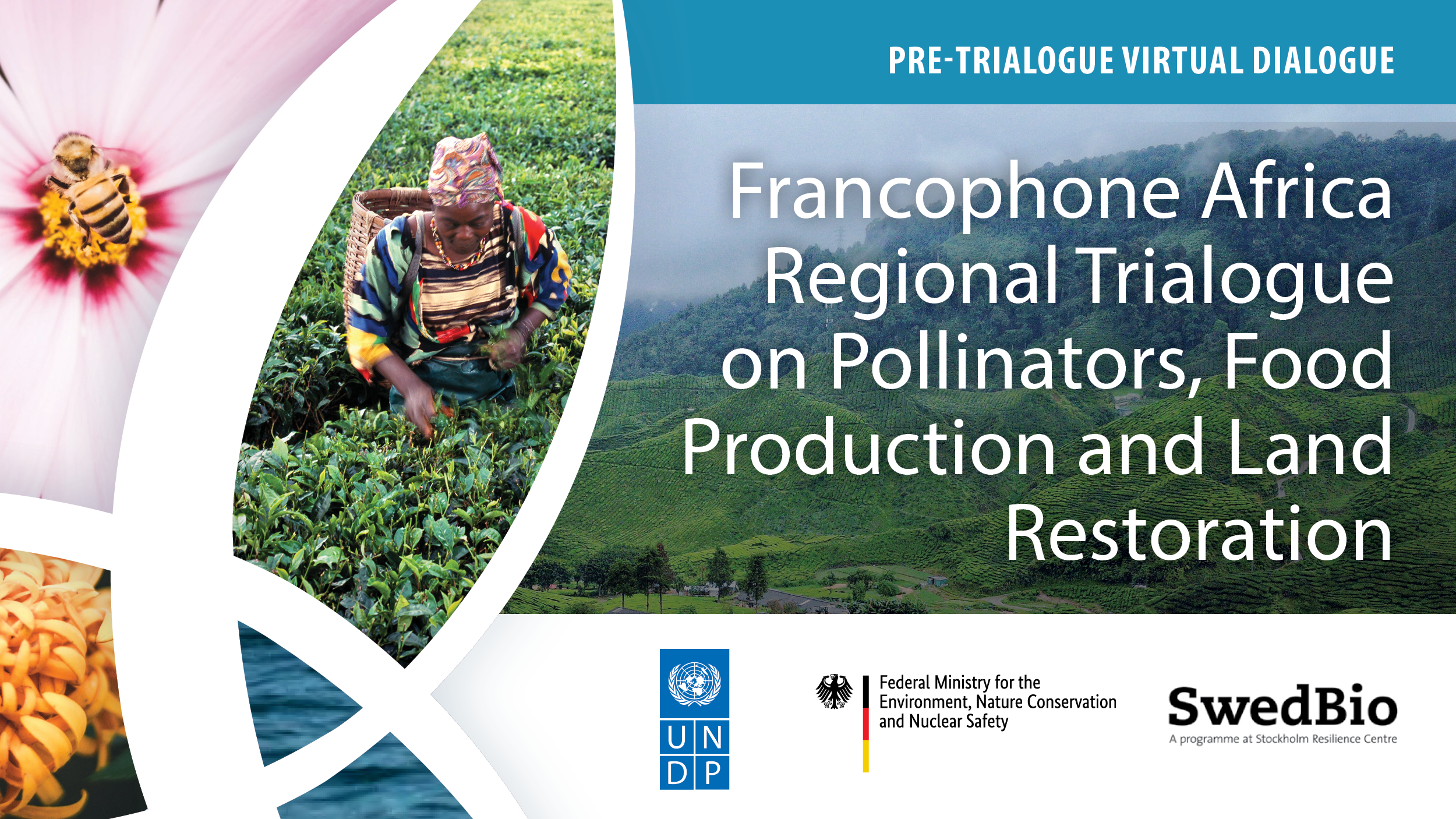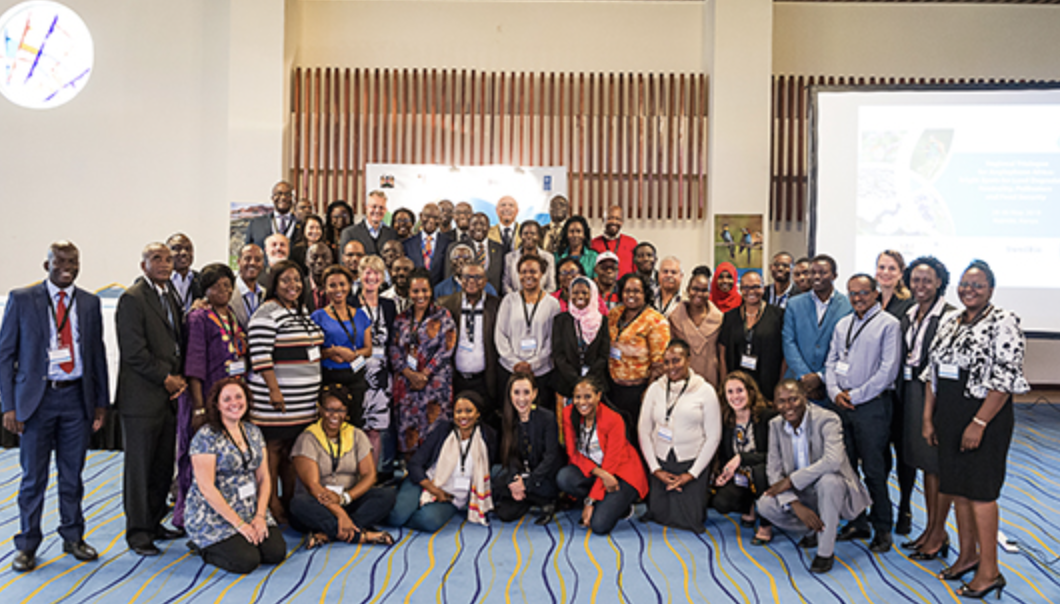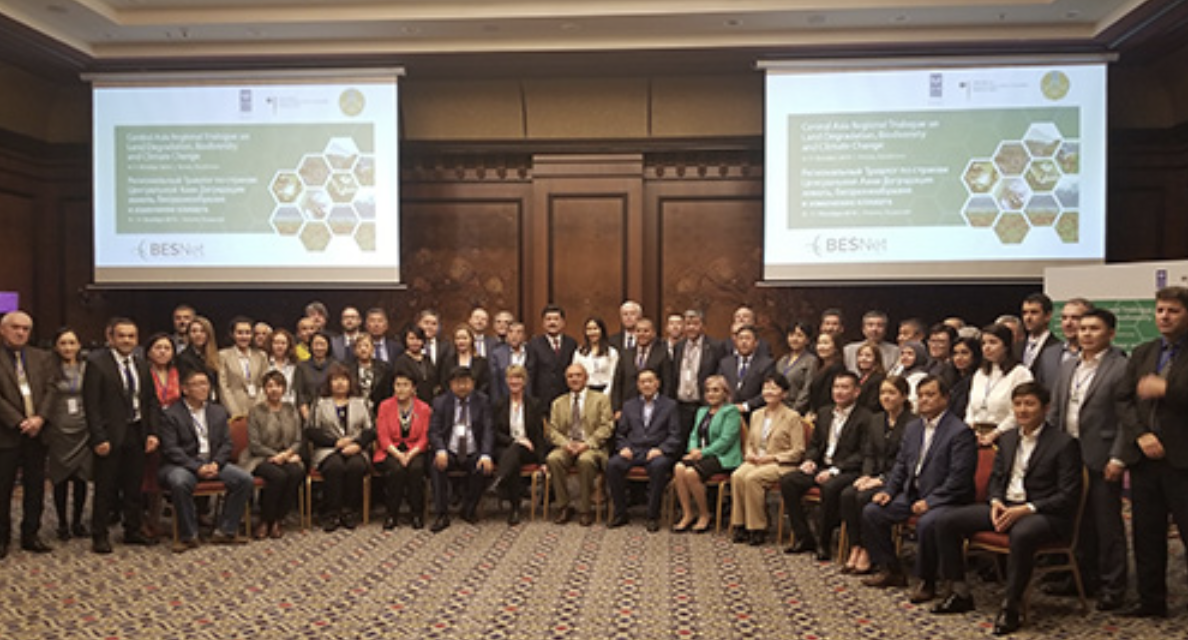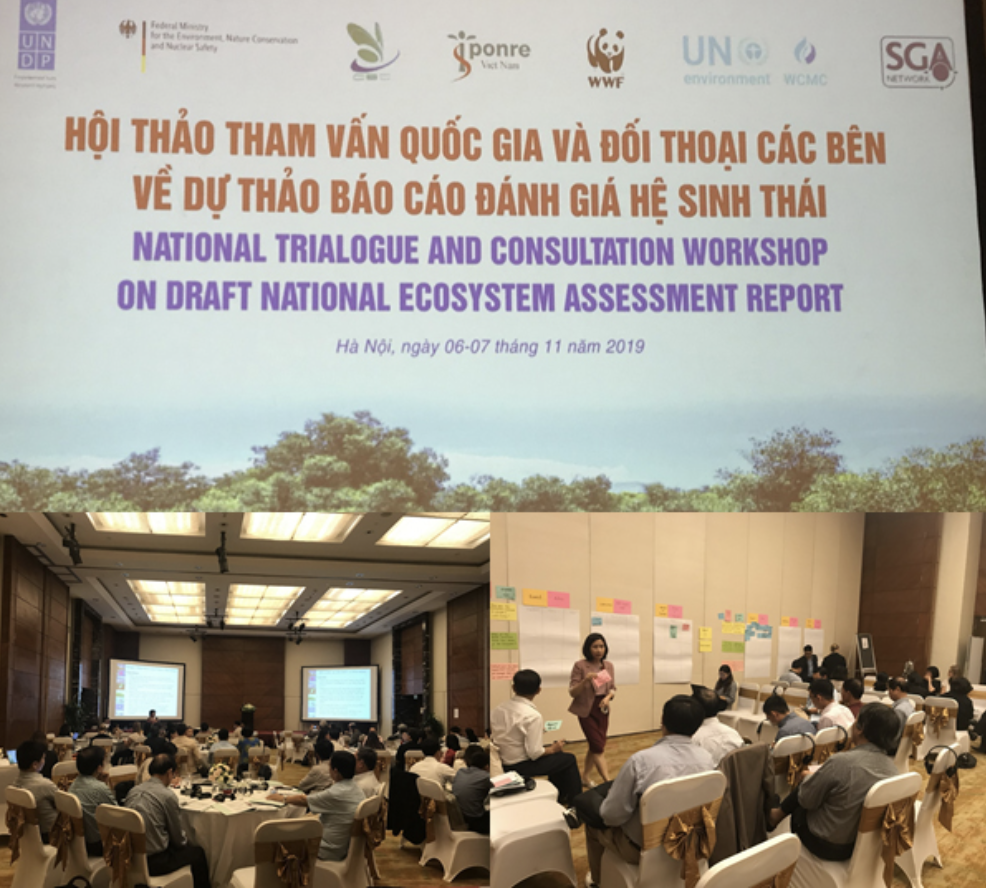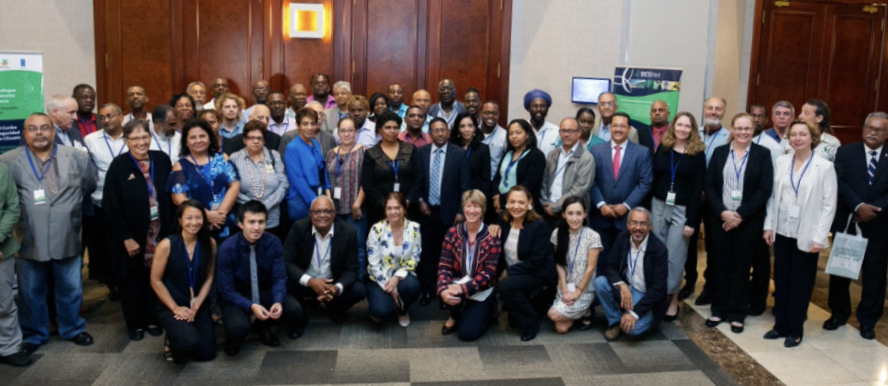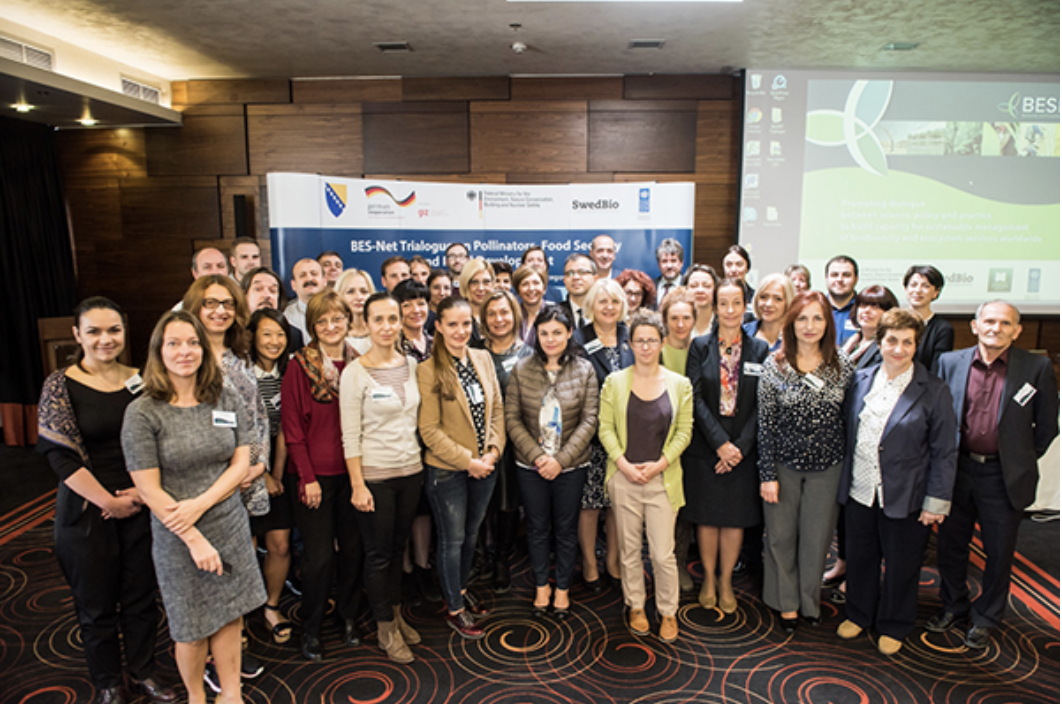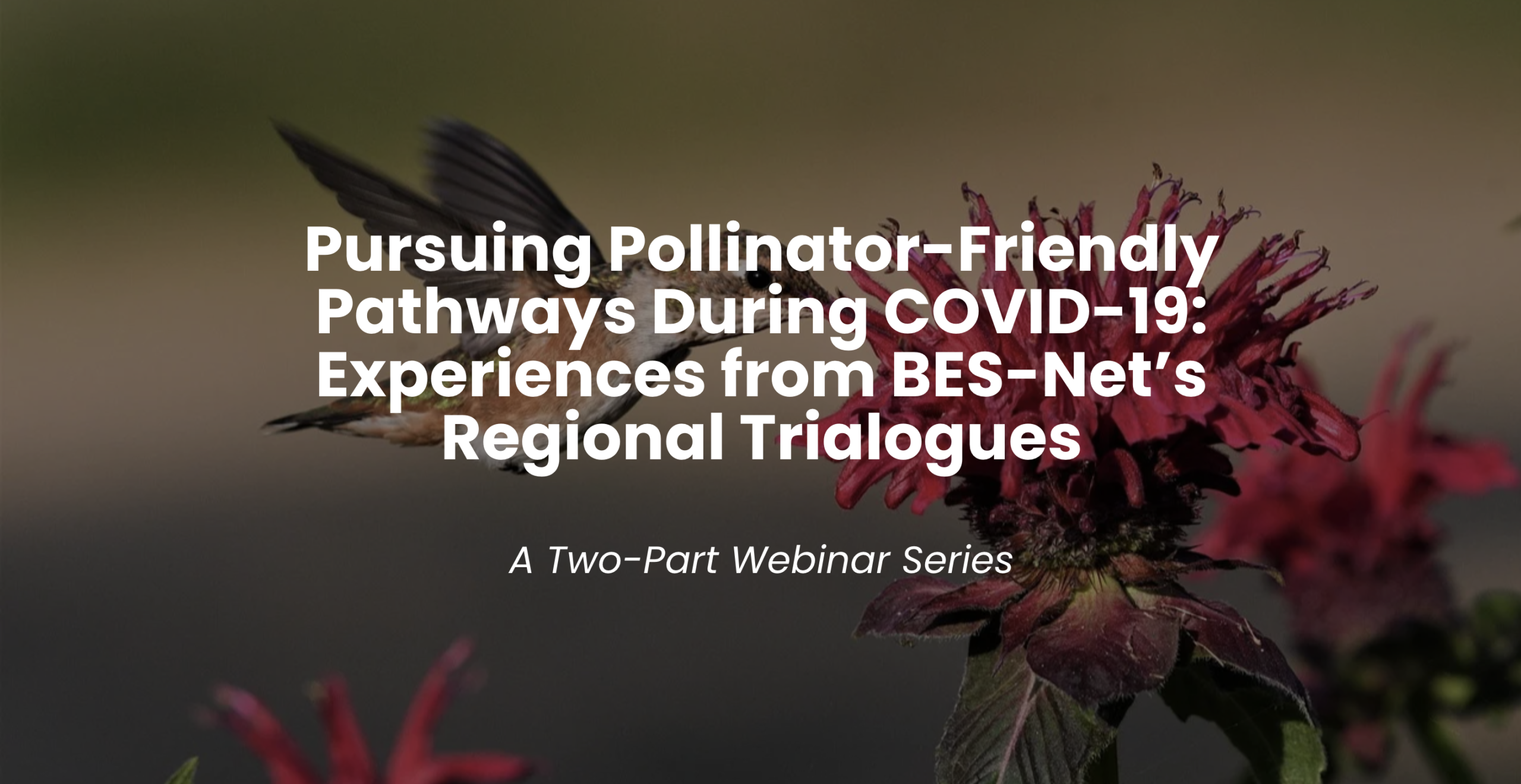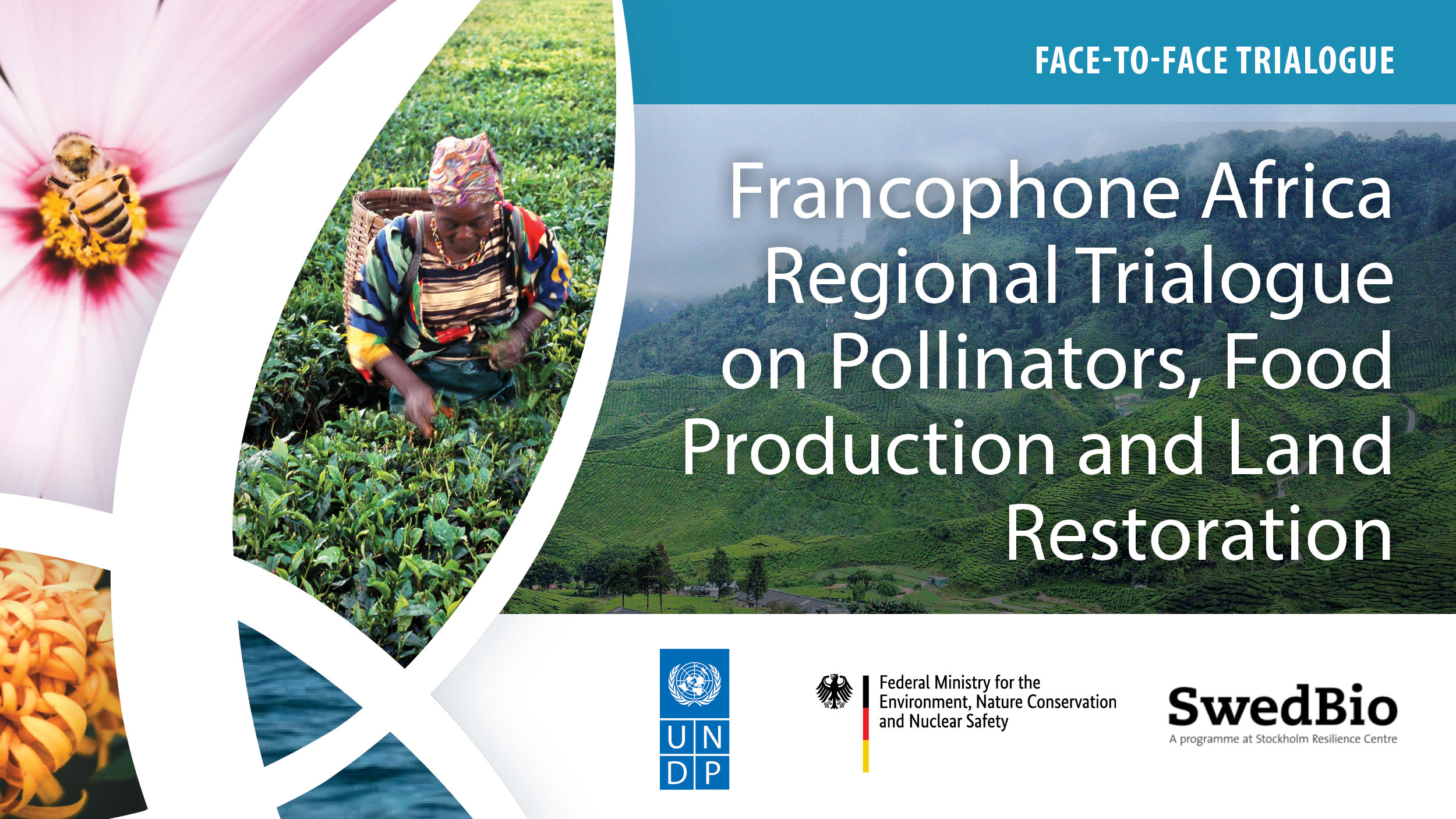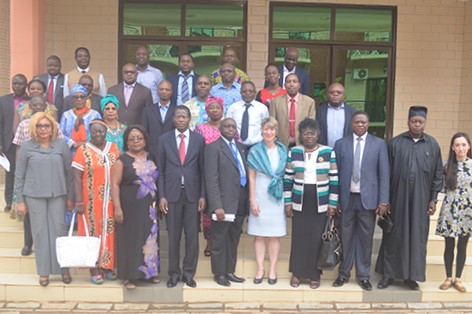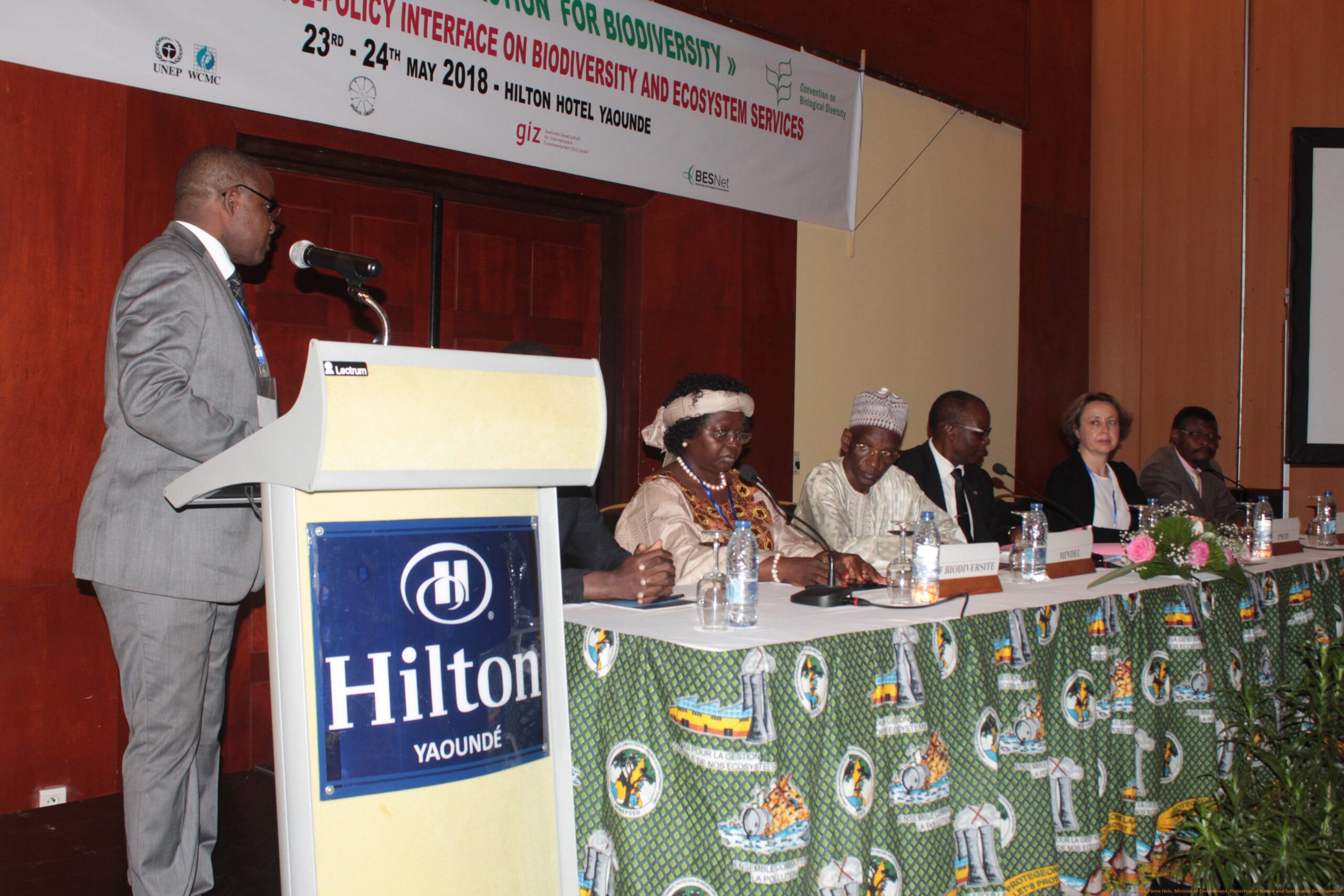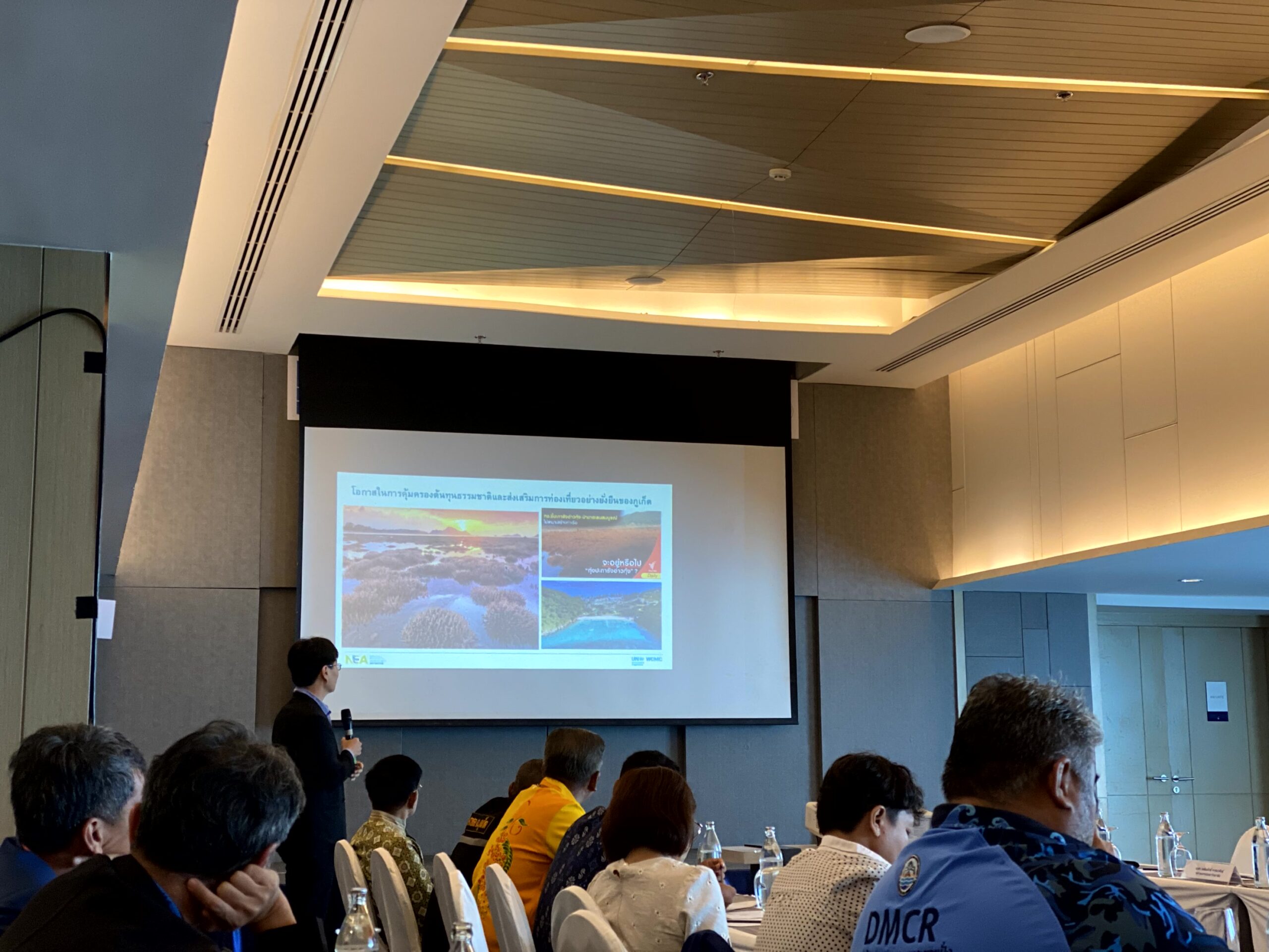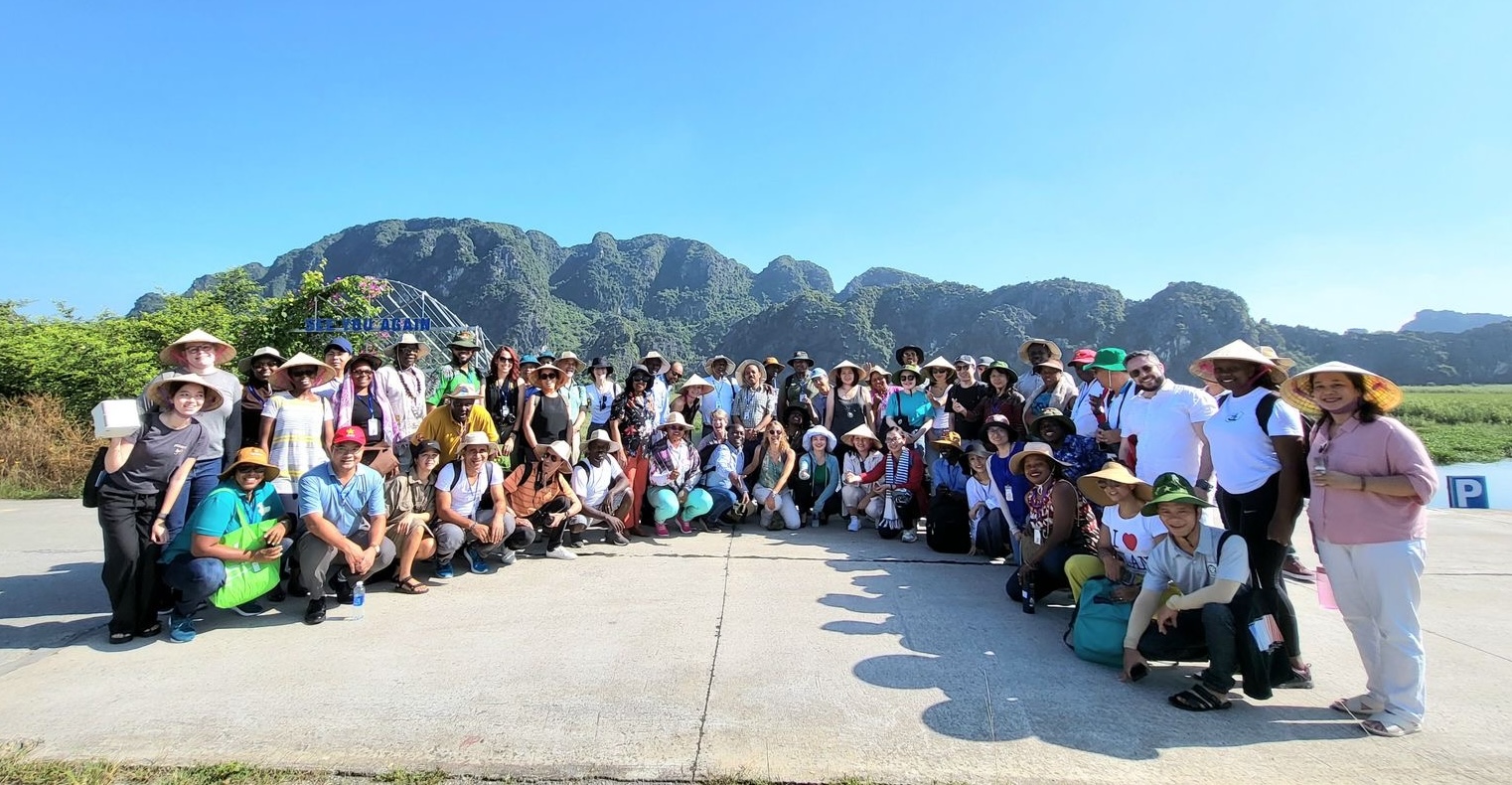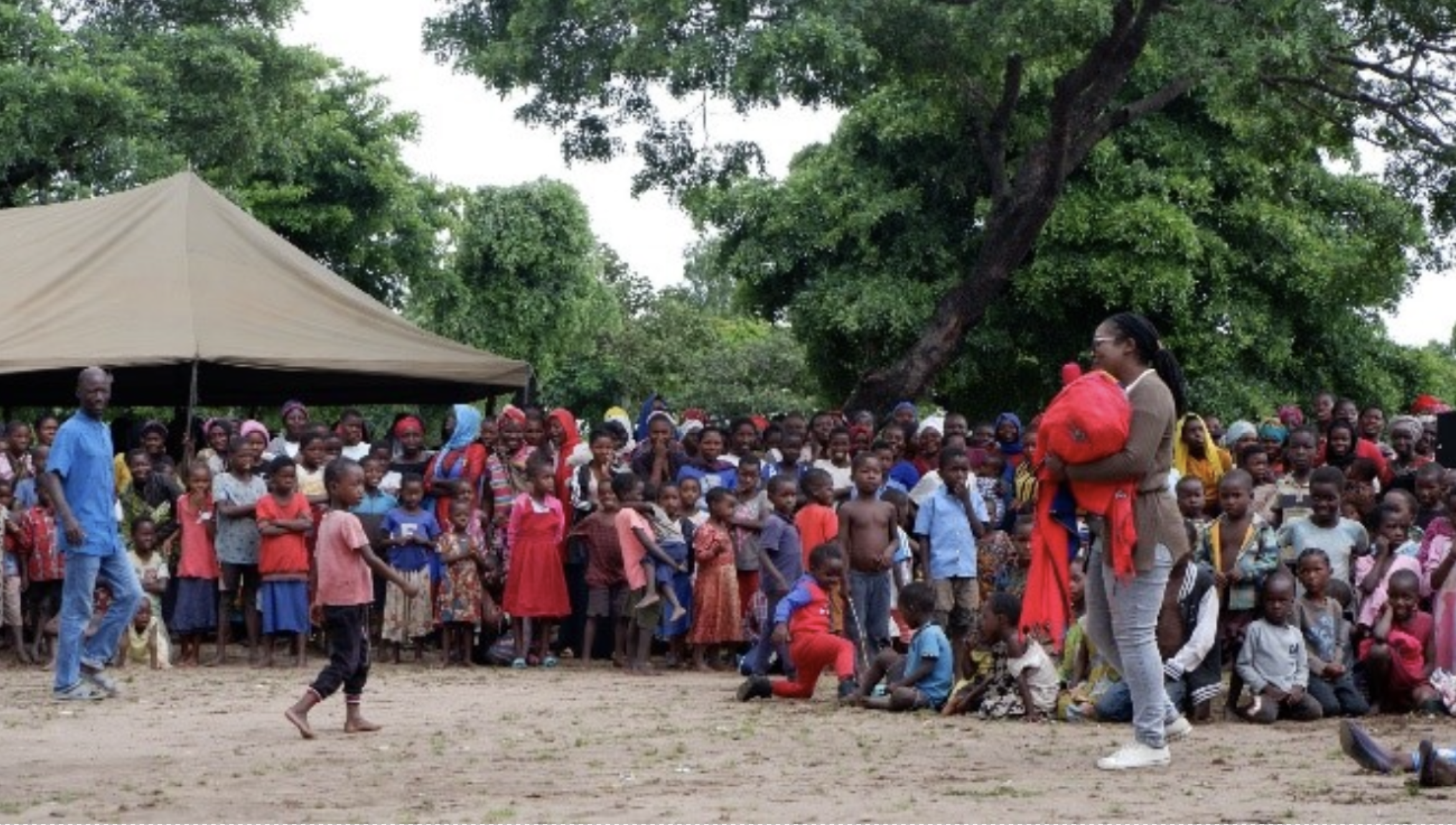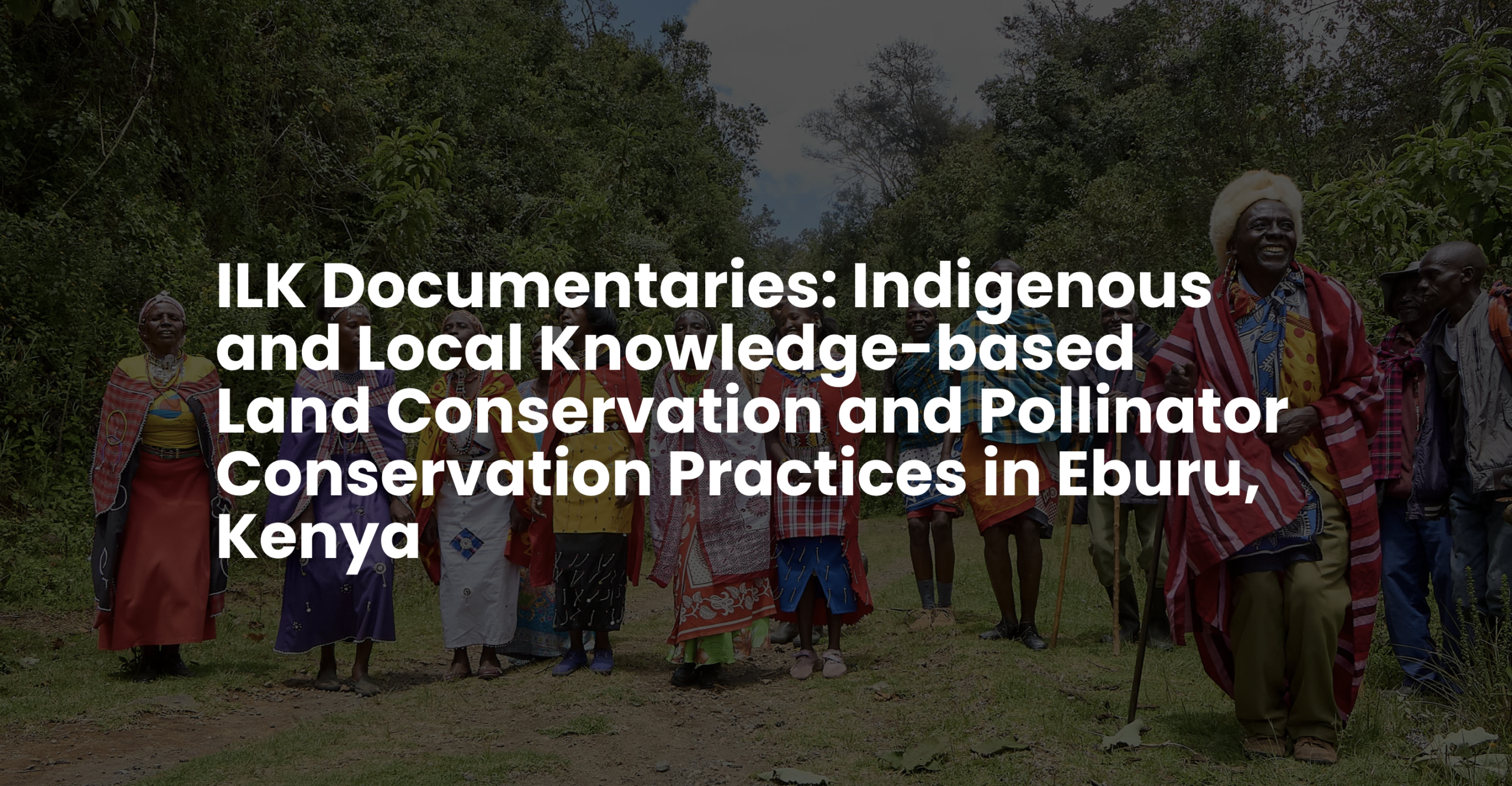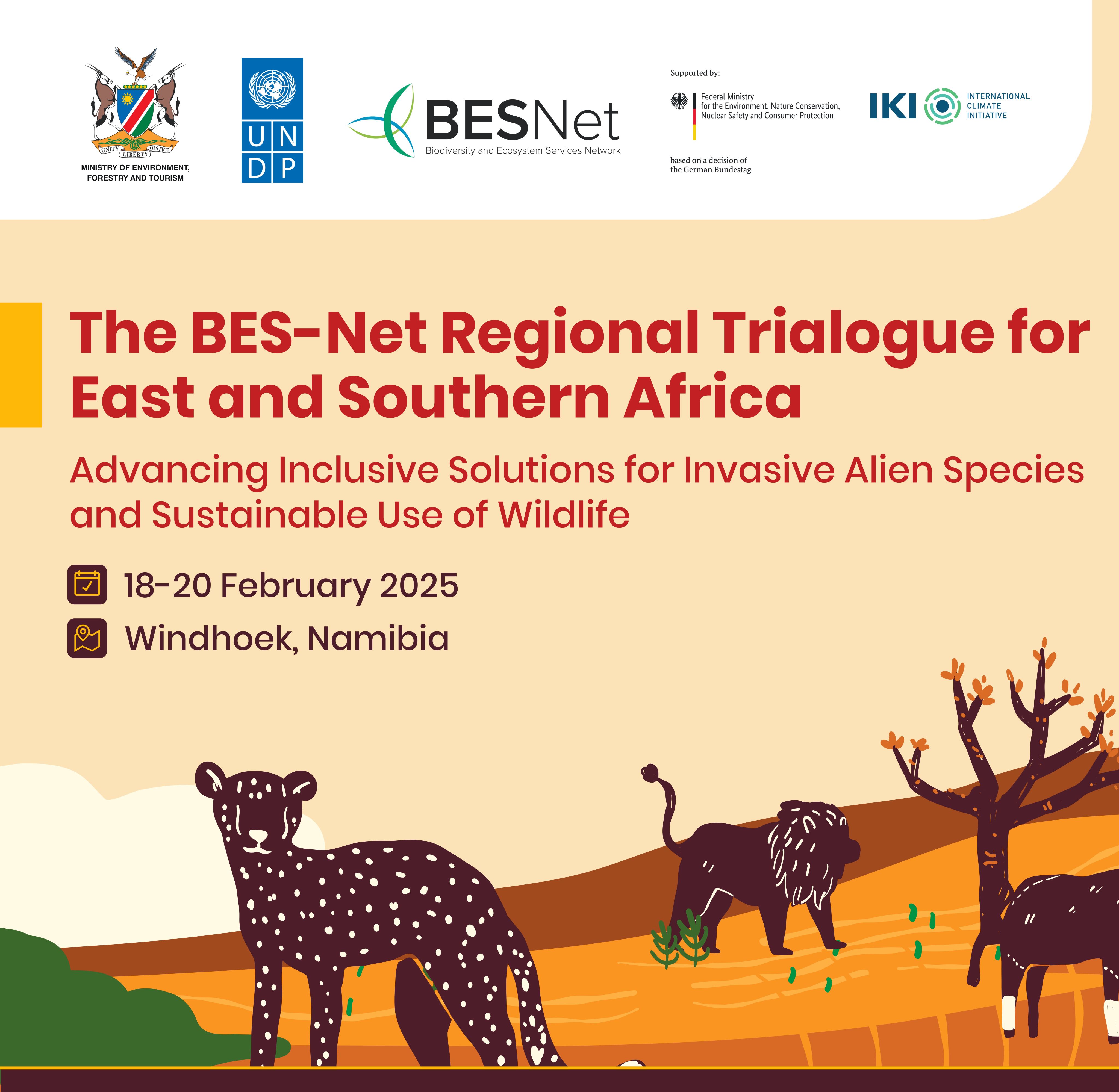
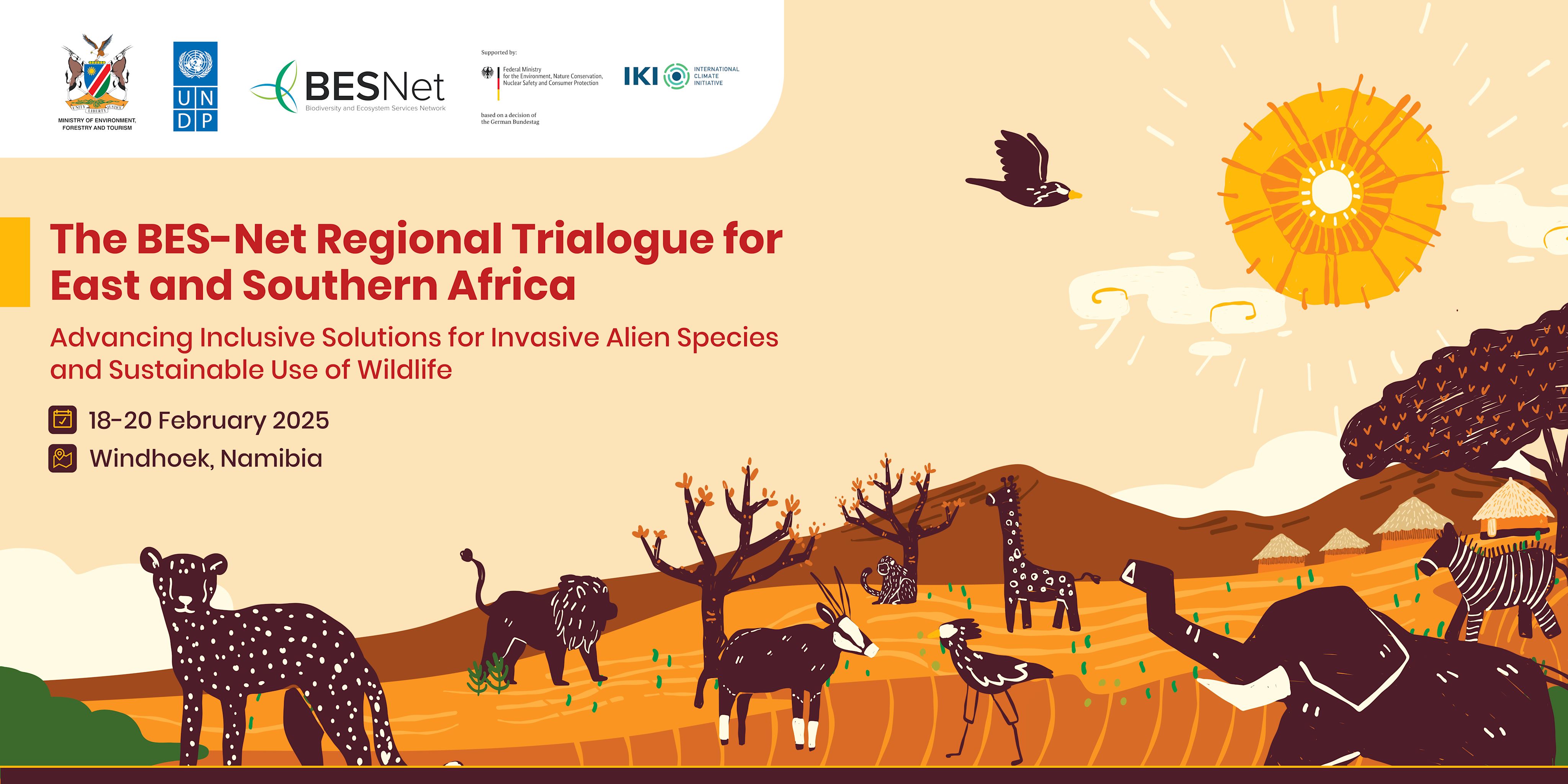
The Biodiversity and Ecosystem Services Network (BES-Net) Regional Trialogue for East and Southern Africa took place from 18 to 20 February 2025 in Windhoek, Namibia.
This event convened stakeholders to address two interconnected challenges:
Invasive alien species (IAS): These species threaten native ecosystems, disrupt livelihoods and weaken ecosystem resilience.
Sustainable use of wildlife: Finding a balance between conservation and human needs is crucial for biodiversity protection and economic well-being.
Ecosystems in East and Southern Africa are integral to local economies, cultural traditions and food security, but they face increasing pressures due to climate change, bio-invasions and resource overexploitation. This Trialogue fostered collaboration among policymakers, scientists, practitioners and Indigenous and traditional knowledge holders to tailor global biodiversity insights to regional realities, ensuring practical, impactful outcomes.
Why IAS management in East and Southern Africa matters
Photo by Bruno Alemeida from Pexels
Photo by Bruno Alemeida from Pexels
Invasive species are one of the five major drivers of biodiversity loss globally, alongside land and sea-use changes, direct exploitation of organisms, climate change and pollution. These species disrupt local ecosystems, threatening food systems, water resources and Indigenous traditions.
Unchecked, IAS cause major economic losses. The global economic cost of IAS was estimated at over US$ 423 billion in 2019, quadrupling every decade since 1970.
IAS disrupt food and water security. Invasive plants obstruct irrigation systems, while species like the Nile perch (Lates niloticus) have devastated local fisheries.
IAS weaken Indigenous traditions and livelihoods. By displacing native plants and animals, IAS erode traditional ways of life and make it harder for communities to sustain their heritage.
IAS undermine climate resilience. Some invasive species reduce carbon storage, degrade soil health and interfere with pollination, making climate change impacts worse.
Early detection and public awareness are crucial. A well-developed public awareness strategy can enhance risk assessments and early detection efforts, reducing long-term economic, environmental and social costs.
Why IAS management in East and Southern Africa matters
Invasive species are one of the five major drivers of biodiversity loss globally, alongside land and sea-use changes, direct exploitation of organisms, climate change and pollution. These species disrupt local ecosystems, threatening food systems, water resources and Indigenous traditions.
Unchecked, IAS cause major economic losses. The global economic cost of IAS was estimated at over US$ 423 billion in 2019, quadrupling every decade since 1970.
IAS disrupt food and water security. Invasive plants obstruct irrigation systems, while species like the Nile perch (Lates niloticus) have devastated local fisheries.
IAS weaken Indigenous traditions and livelihoods. By displacing native plants and animals, IAS erode traditional ways of life and make it harder for communities to sustain their heritage.
IAS undermine climate resilience. Some invasive species reduce carbon storage, degrade soil health and interfere with pollination, making climate change impacts worse.
Early detection and public awareness are crucial. A well-developed public awareness strategy can enhance risk assessments and early detection efforts, reducing long-term economic, environmental and social costs.
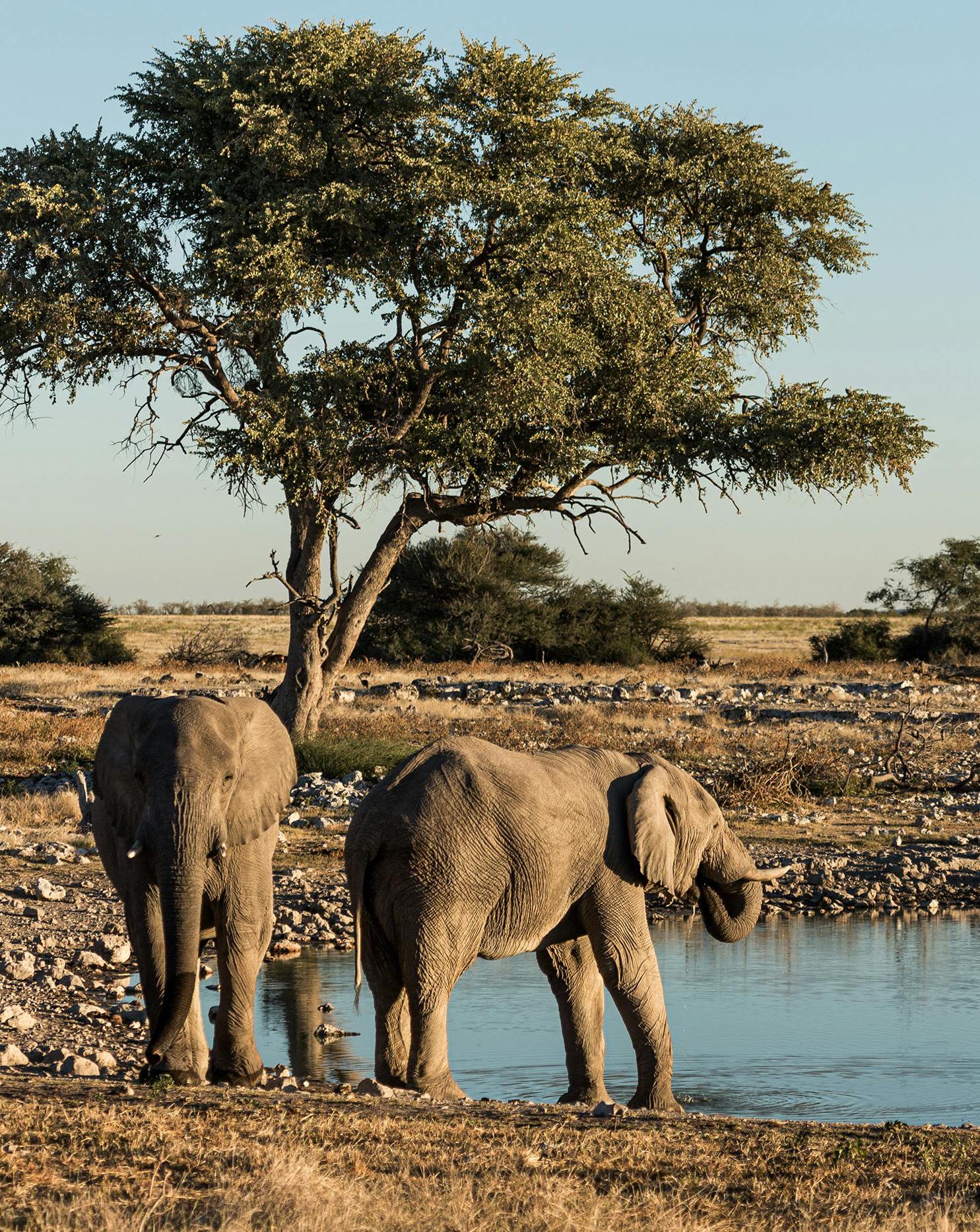
Photo by Bruno Alemeida from Pexels
Photo by Bruno Alemeida from Pexels
Why the sustainable use of wildlife in East and Southern Africa matters
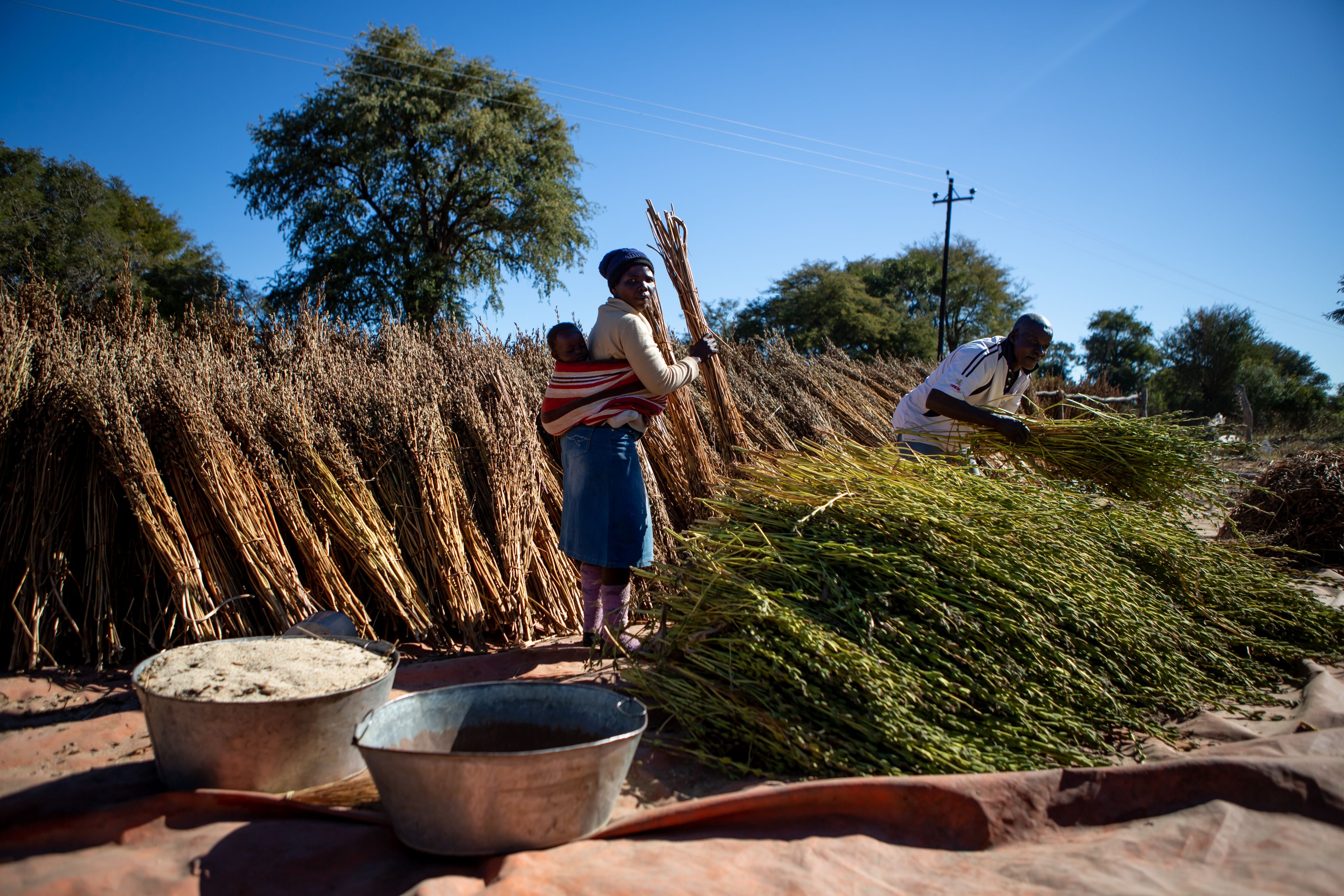
Photo courtesy of UNDP – Zimbabwe
Photo courtesy of UNDP – Zimbabwe
More than 50,000 wild species worldwide are used for food, medicine and raw materials. If managed responsibly, sustainable use can strengthen biodiversity, support economic well-being and reinforce community resilience.
Biodiversity sustains livelihoods. One in five people relies on wild species for income and food, while 2.4 billion depend on wood fuel.
Wildlife tourism is a major economic driver. In 2018, wildlife tourism contributed US$ 120 billion to the global GDP, benefiting economies in East and Southern Africa.
Sustainable use safeguards Indigenous knowledge. Many Indigenous Peoples and local communities see biodiversity not just as nature, but as part of their identity and traditions.
Ecosystem health depends on sustainable practices. Biodiversity supports essential processes like soil renewal, water regulation and climate adaptation, keeping ecosystems resilient to climate change.
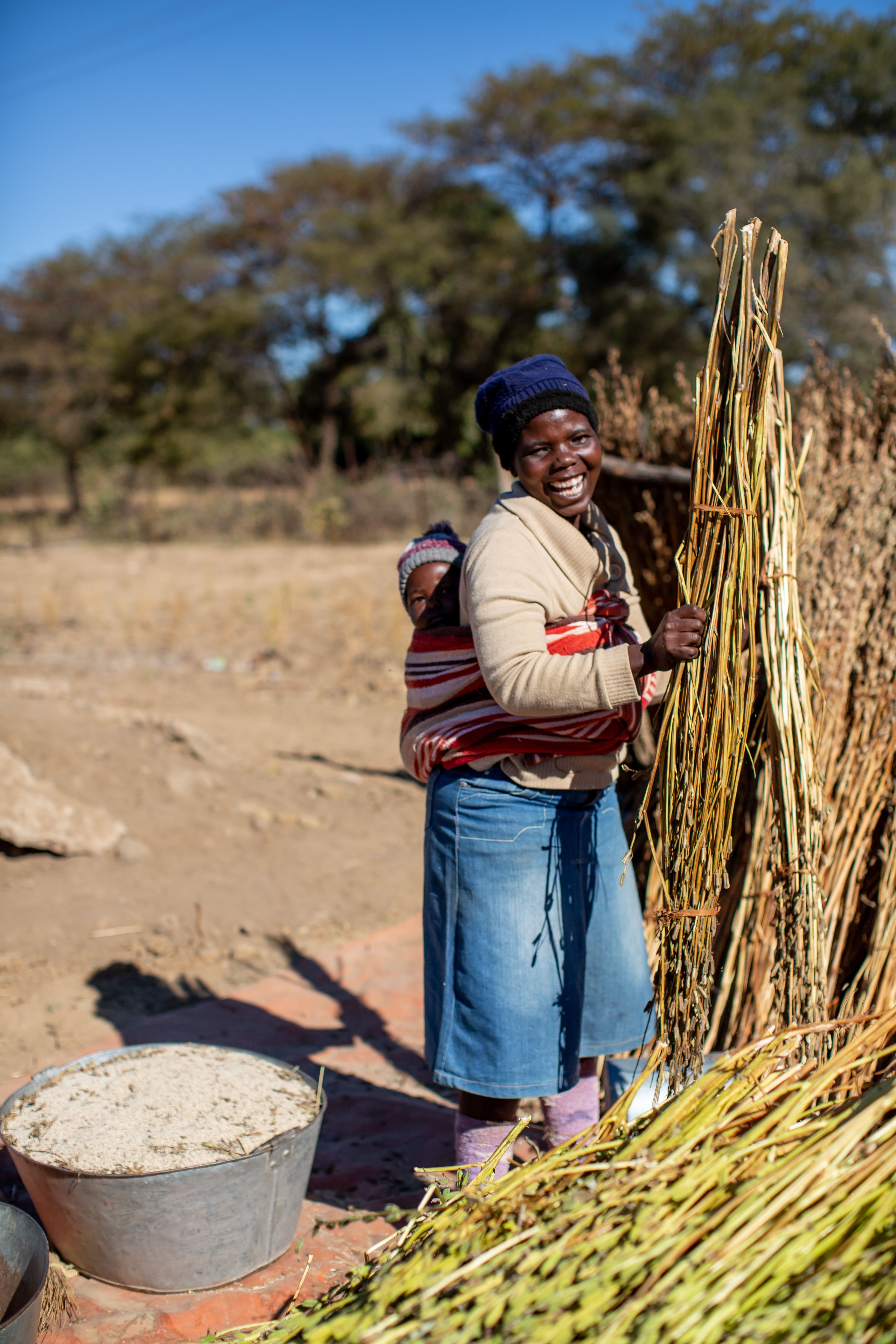
Photo courtesy of UNDP – Zimbabwe
Photo courtesy of UNDP – Zimbabwe
Why the sustainable use of wildlife in East and Southern Africa matters
More than 50,000 wild species worldwide are used for food, medicine and raw materials. If managed responsibly, sustainable use can strengthen biodiversity, support economic well-being and reinforce community resilience.
Biodiversity sustains livelihoods. One in five people relies on wild species for income and food, while 2.4 billion depend on wood fuel.
Wildlife tourism is a major economic driver. In 2018, wildlife tourism contributed US$ 120 billion to the global GDP, benefiting economies in East and Southern Africa.
Sustainable use safeguards Indigenous knowledge. Many Indigenous Peoples and local communities see biodiversity not just as nature, but as part of their identity and traditions.
Ecosystem health depends on sustainable practices. Biodiversity supports essential processes like soil renewal, water regulation and climate adaptation, keeping ecosystems resilient to climate change.
How IAS and the sustainable use of wildlife are connected
Invasive alien species pose a significant threat to the sustainable use of wildlife by damaging ecosystems, reducing biodiversity and disrupting essential services that communities rely on. In Lake Victoria, the spread of water hyacinth (Eichhornia crassipes) has obstructed waterways, severely impacting fisheries and local livelihoods. Similarly, the fall armyworm outbreak in Southern Africa has devastated crops, threatening both agricultural production and food security.
Photo by AmyAmber2000 from Pixabay
Photo by AmyAmber2000 from Pixabay
Addressing these challenges requires cross-sectoral approaches that focus on preventing the introduction of IAS, controlling their spread and restoring affected ecosystems. By integrating IAS management with sustainable use strategies, we can protect biodiversity, support livelihoods and maintain the ecosystem services that communities and economies depend on.
How IAS and the sustainable use of wildlife are connected
Invasive alien species pose a significant threat to the sustainable use of wildlife by damaging ecosystems, reducing biodiversity and disrupting essential services that communities rely on. In Lake Victoria, the spread of water hyacinth (Eichhornia crassipes) has obstructed waterways, severely impacting fisheries and local livelihoods. Similarly, the fall armyworm outbreak in Southern Africa has devastated crops, threatening both agricultural production and food security.
Addressing these challenges requires cross-sectoral approaches that focus on preventing the introduction of IAS, controlling their spread and restoring affected ecosystems. By integrating IAS management with sustainable use strategies, we can protect biodiversity, support livelihoods and maintain the ecosystem services that communities and economies depend on.
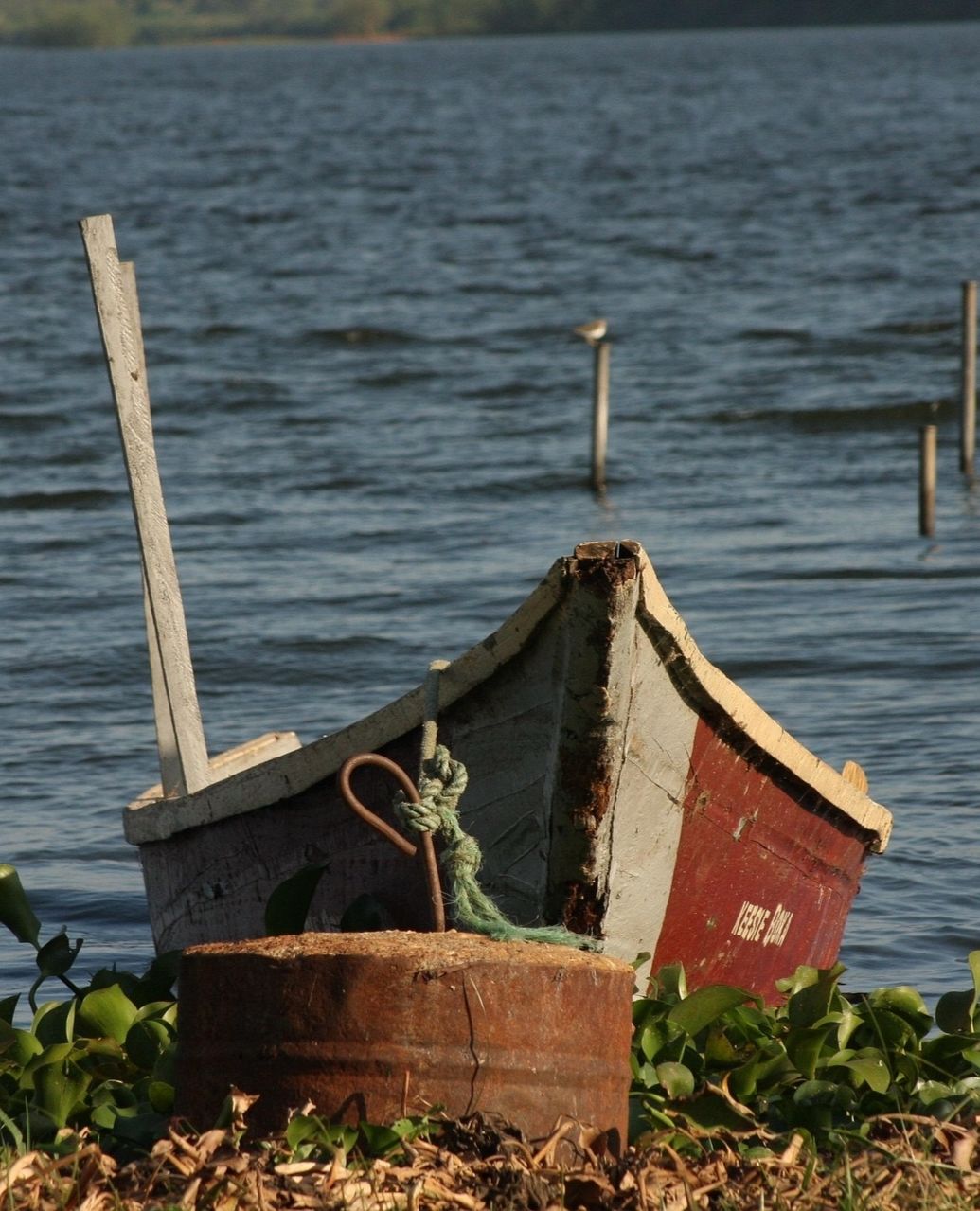
Photo by AmyAmber2000 from Pixabay
Photo by AmyAmber2000 from Pixabay
What are the BES-Net Trialogues?
What is a Trialogue?
The BES-Net Trialogues serve as a collaborative platform that brings together scientists, policymakers and practitioners to address critical biodiversity issues. These Trialogues are informed by the thematic assessments of the Intergovernmental Science-Policy Platform on Biodiversity and Ecosystem Services (IPBES), ensuring that discussions are grounded in the latest scientific findings.
By aligning the focus of BES-Net Trialogues with IPBES assessment themes, stakeholders can translate global biodiversity targets into actionable strategies at national and regional levels. This process facilitates the integration of scientific, Indigenous and local knowledge into policy and practice, ensuring cohesive biodiversity conservation efforts.
Why a Trialogue for East and Southern Africa?
The East and Southern Africa region faces interconnected challenges related to unsustainable biodiversity use and invasive alien species. These issues arise from environmental, economic and social factors that undermine biodiversity, ecosystem health and livelihoods. The BES-Net Regional Trialogue provides a platform for countries in the region to address these pressing concerns collaboratively.
Many communities in East and Southern Africa rely on biodiversity for food, medicine and cultural practices, making them highly vulnerable to ecosystem degradation. However, invasive species, such as the Nile perch in Lake Victoria and the fall armyworm in agricultural lands, threaten local ecosystems and food security. Addressing these challenges requires sustainable practices, regional cooperation and policy integration.
This Trialogue aligns with the Kunming-Montreal Global Biodiversity Framework (KMGBF) and national biodiversity strategies, ensuring that scientific knowledge, Indigenous and local expertise and policy actions come together to create solutions tailored to regional needs. By strengthening cross-border collaboration, engaging communities and integrating Indigenous knowledge, the Trialogue fosters sustainable biodiversity management for the benefit of both people and nature.
Image captions
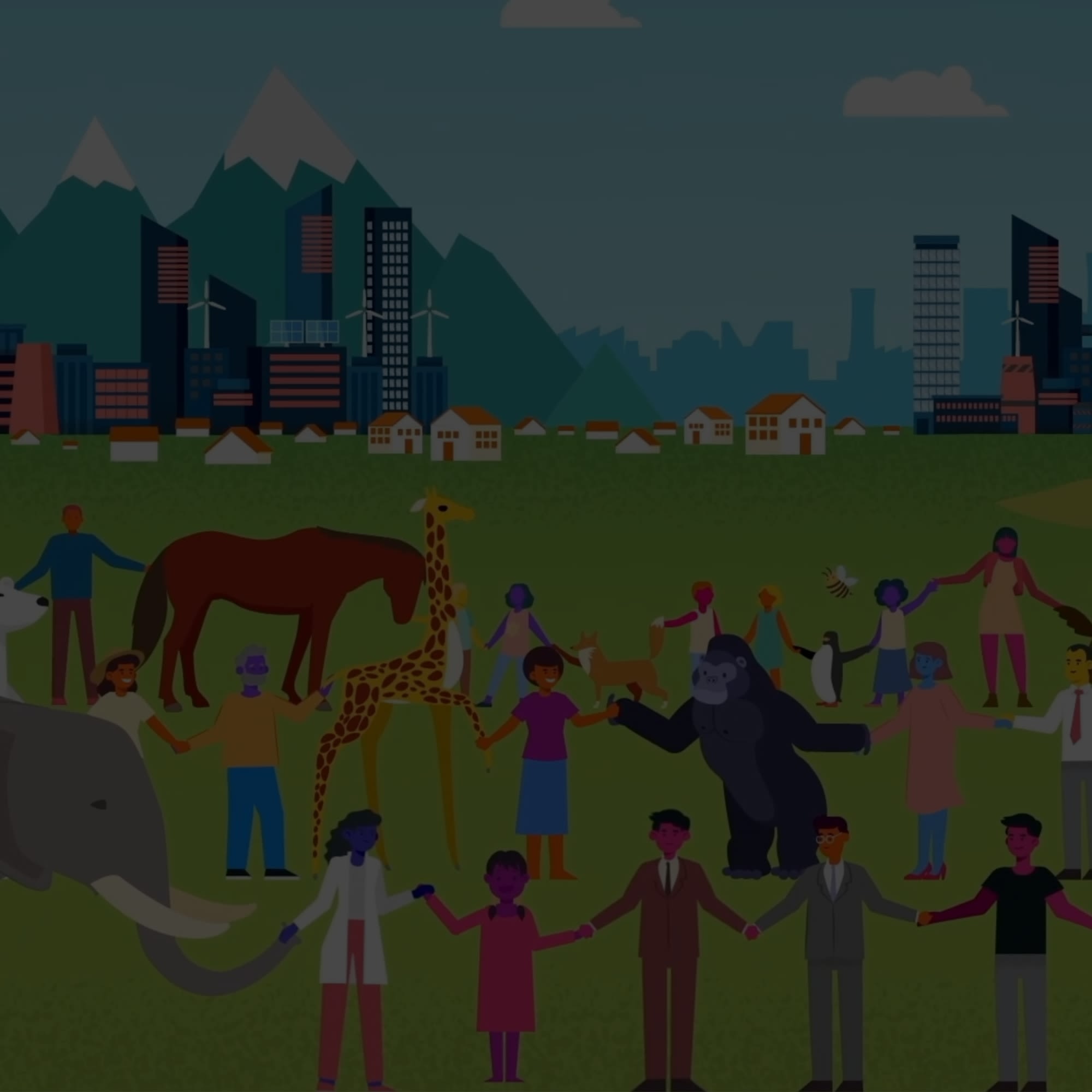
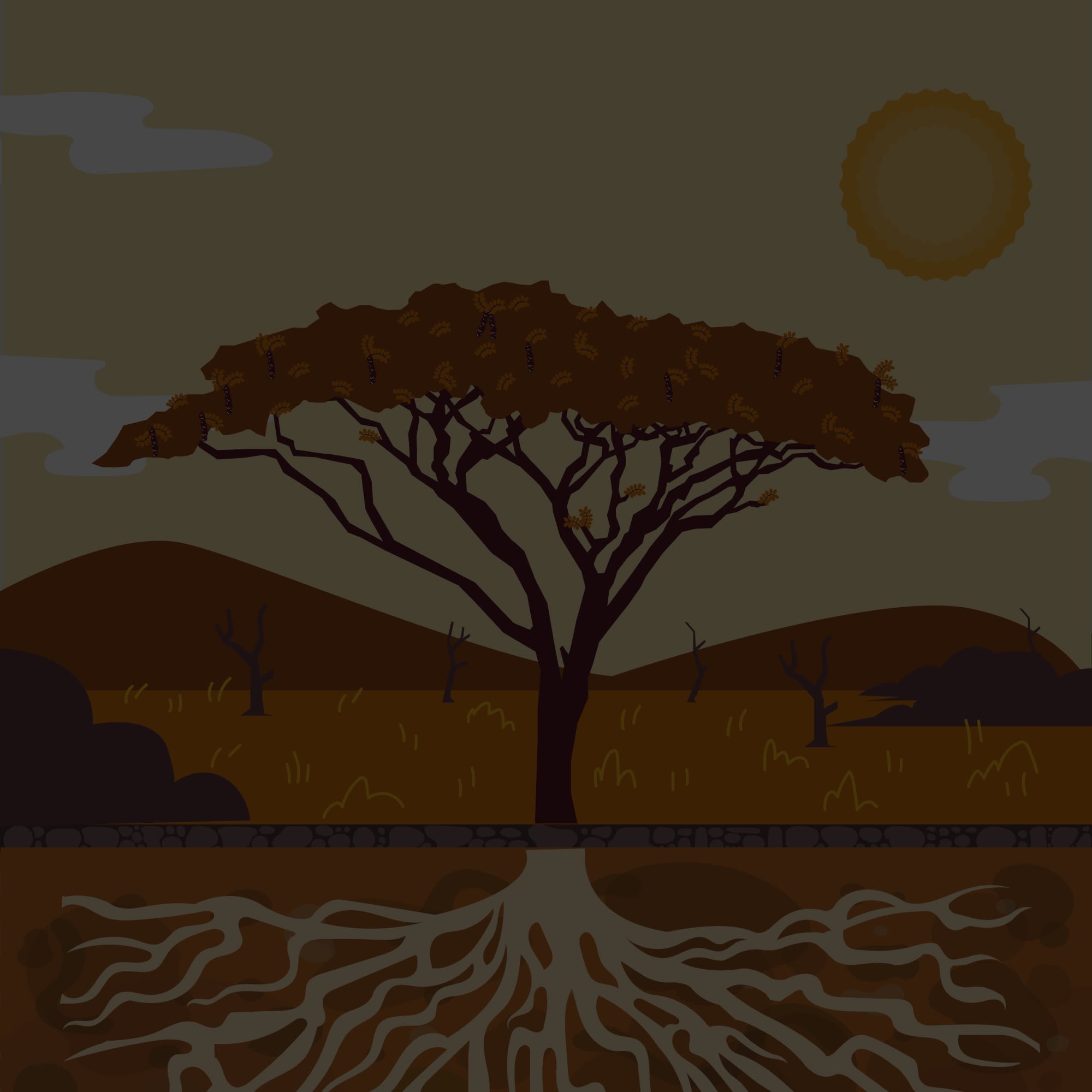
The Tree of Life metaphor
Biodiversity conservation is a dynamic, interconnected process – much like a living tree. Strong roots of knowledge, a resilient trunk of policy and branching actions for sustainability all work together to bear the fruits of conservation success. The Trialogue serves as a space where these elements converge, creating a foundation for collective action and lasting impact.
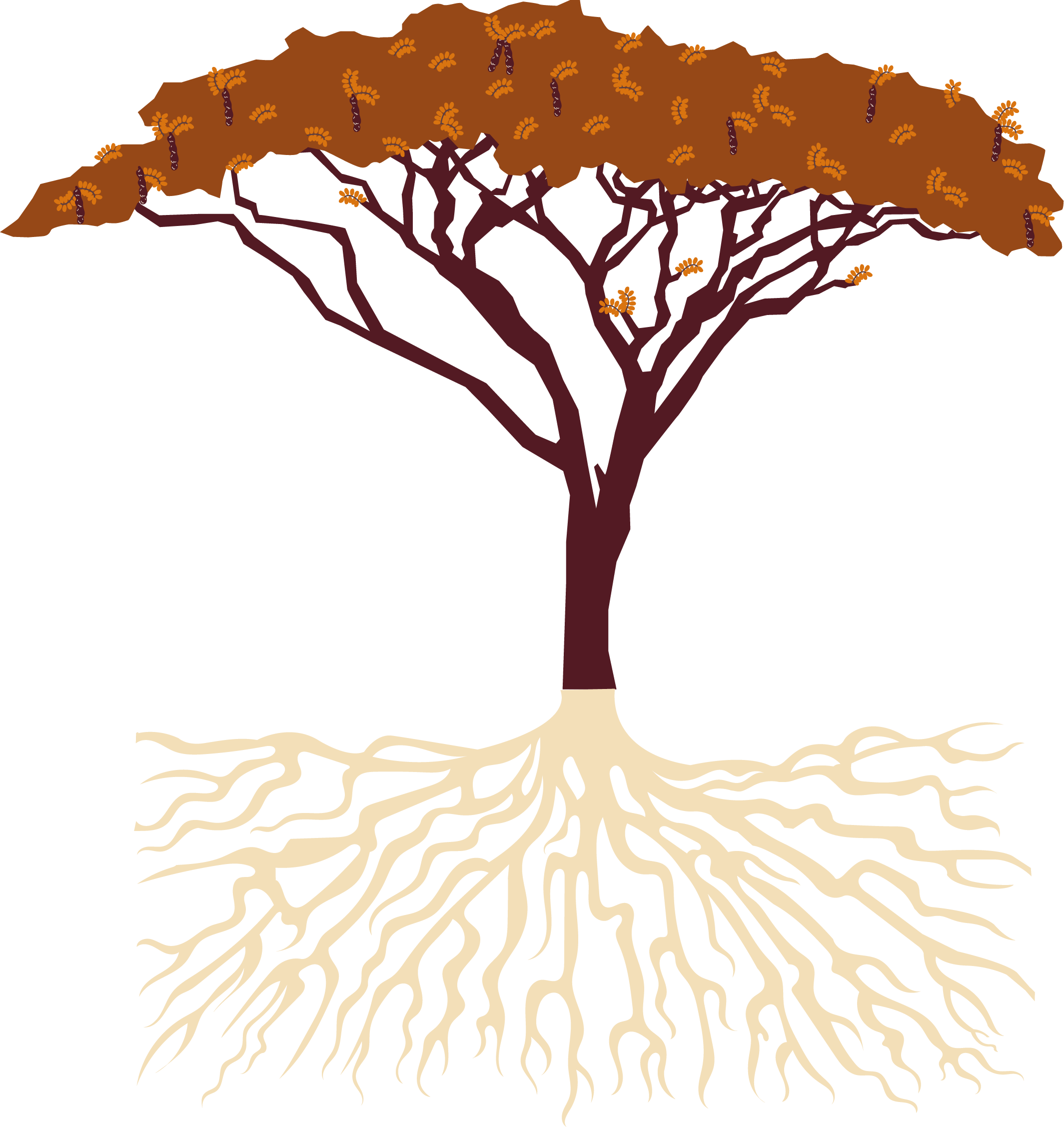
The infographic below illustrates this concept, showing how different elements – knowledge, policies, collaboration and action – intertwine to shape biodiversity conservation efforts.
The Tree of Life metaphor
Biodiversity conservation is a dynamic, interconnected process – much like a living tree. Strong roots of knowledge, a resilient trunk of policy and branching actions for sustainability all work together to bear the fruits of conservation success. The Trialogue serves as a space where these elements converge, creating a foundation for collective action and lasting impact.
The infographic below illustrates this concept, showing how different elements – knowledge, policies, collaboration and action – intertwine to shape biodiversity conservation efforts.

Participating countries

Botswana
With rich biodiversity and vast landscapes, Botswana faces challenges like wildlife poaching and habitat loss. The country is advancing community-led conservation efforts and promoting ecotourism as a sustainable solution.
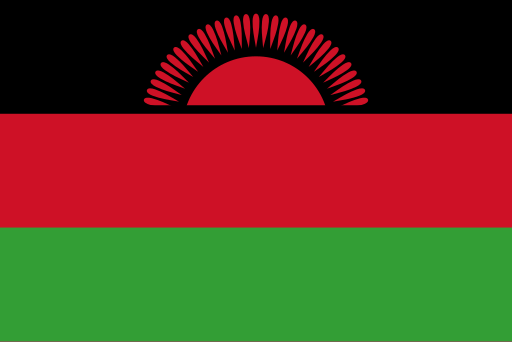
Malawi
Malawi’s ecosystems are under pressure from overfishing, deforestation and climate change. Community-driven resource management and sustainable fisheries initiatives are emerging as key strategies for protecting its biodiversity.
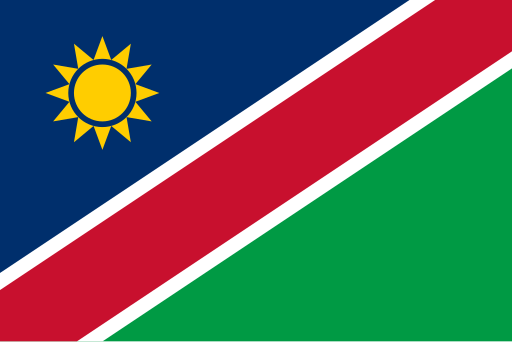
Namibia
Namibia is a leader in community-based conservation, balancing wildlife protection with economic opportunities. However, land degradation and invasive species threaten its ecosystems, calling for strengthened sustainable management practices.
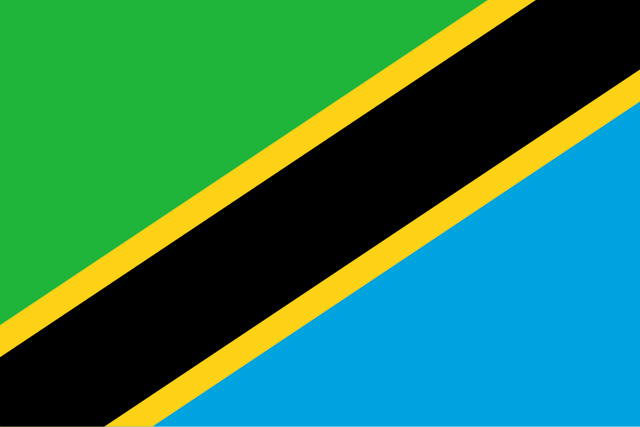
Tanzania
Tanzania’s iconic biodiversity faces overfishing, habitat destruction and climate pressures. Through community-driven conservation and ecotourism, the country is working toward sustainable resource management.
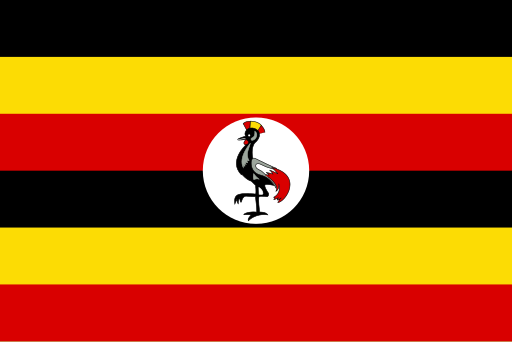
Uganda
Home to diverse ecosystems, Uganda is grappling with illegal wildlife trade, deforestation and IAS threats. The country is focusing on sustainable forestry, ecotourism, and Indigenous knowledge to mitigate environmental challenges.
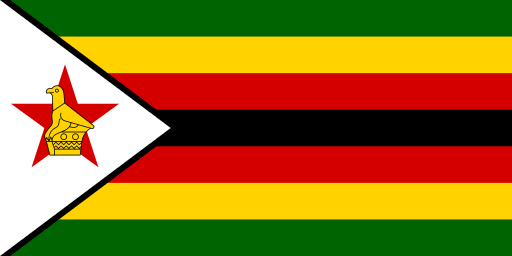
Zimbabwe
Zimbabwe’s forests, wildlife and water resources are increasingly affected by illegal wildlife trade, soil degradation and invasive species. Strengthening conservation laws and Indigenous knowledge systems is central to its sustainability efforts.






